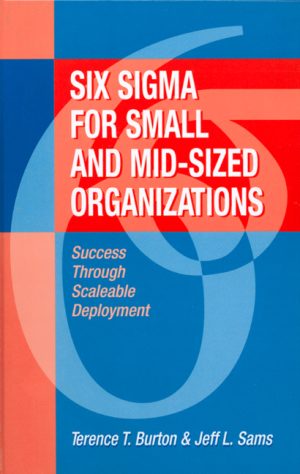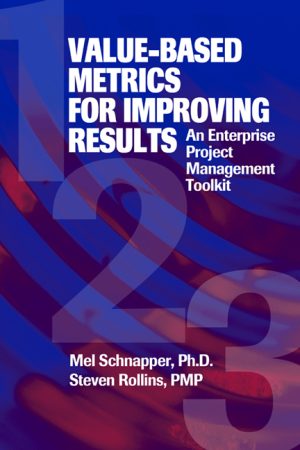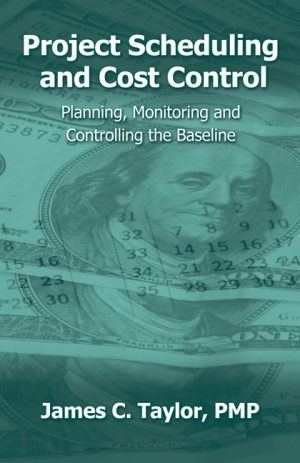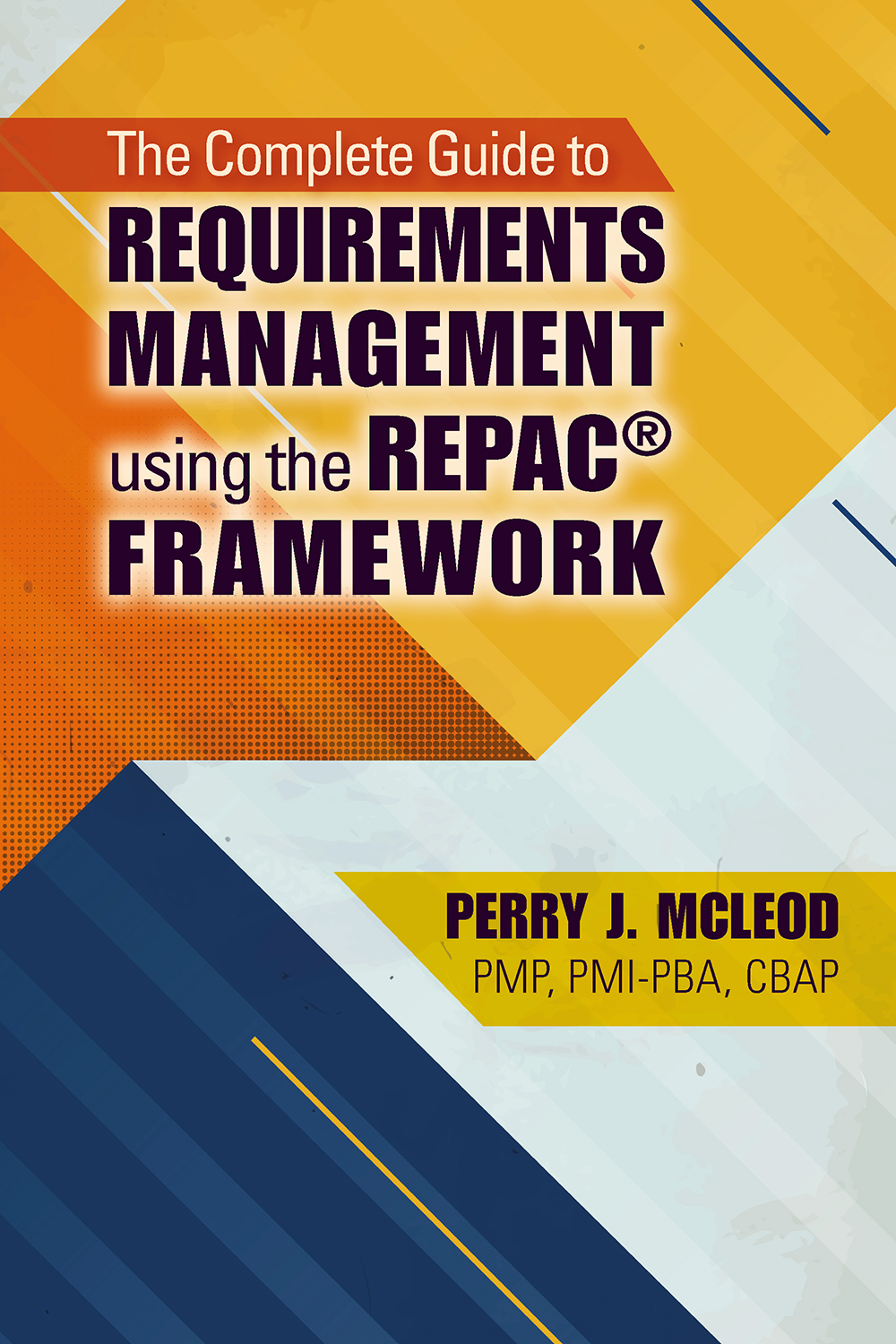The Complete Guide to Requirements Management Using the REPAC® Framework
$59.95
Perry J. McLeod, CBAP, PMI-PBA
Softcover, 7.5×9.25, 312 pages
ISBN: 978-1-60427-135-5
October 2019
LEARN & EARN: Get 8.4 PDUs in the PMI skill areas of Technical, Leadership, or Strategic and Business Management Skills
Description
Requirements represent the needs of stakeholders and satisfying these needs is the purpose of any project endeavor. Therefore, requirements are the most important ingredient to start any project. Critical to achieving project success is the effective management of requirements and the needs they represent. It doesn’t matter whether project teams are using predictive waterfall methods or more adaptive agile approaches, the goal is the same regardless of industry.
The reasons why projects fail has not changed much over the years. Poor communication, inaccurate requirements, and the lack of effective requirements management continue to be at the top of the list, suggesting the need for an approach that will end this trend and deliver desired results consistently.
The Requirements Elicitation, Planning, Analysis, and Collaboration (REPAC) Framework™ is an entirely new approach to requirements management. It helps project teams center their efforts around what matters most to stakeholders—their needs. Teams use REPAC to focus their attention, choose the correct perspective, and select the appropriate level of complexity necessary for effective collaboration to build and manage requirements right the first time, every time.
Key Features
- Creates a mindset that determines what is required of the solution to satisfy the needs of stakeholders based on project constraints, problems, and objectives
- Provides a framework for developing plans, structuring conversations for maximum benefit, eliciting needs, and building and managing requirements
- Contains a visual guide to help business analysts, project teams, and stakeholders build requirements right the first time, allowing for repeatable measurable actions which can be tracked, traced, and reported
- Enables the BA and project team to create instances of collaborative elicitation, adaptive planning, and dimensional analysis, which can be used to drive workshops, interviews, and focus groups
- Furnishes an in-depth study of the REPAC Framework, including its focus, perspective, depth, paradigms, classifications, forms, and functions
- Introduces advanced techniques, which focus on causal analysis, cognitive reasoning, propositional logic, and communication theory
- Details how to build a successful requirements team and requirements team charter
- Explains how to use simple and complex equations to manage the effort and duration of requirements deliverables in predictive and adaptive environments
- Examines motivation theory, discourse, appreciative inquiry, collaborative negotiation, relationship management, emotional intelligence, and organizational and behavioral psychology within the context of learning to lead without authority
- Presents a running case study taken from a real-world project that used the REPAC method in the planning stages with stakeholders to facilitate learning and demonstrate real-world application
- WAV offers an advanced pre-project survey, a requirements activities management table, and a use case points analysis sheet—available from the Web Added Value™ Download Resource Center at www.jrosspub.com
About the author(s)
Perry McLeod, CBAP, PMP, PMI-PBA, is a senior management consultant, facilitator, and educator with over 25 years of experience in business analysis, workshops and facilitation, agile adoption, process re-engineering, project management, business and systems modeling, strategic alignment, mentoring, and training. Perry’s professional experience includes delivering industry-recognized best practices and standards for some of North America’s most successful companies across many sectors.
Mr. McLeod has developed requirements elicitation and analysis models and has written courses for and/or taught at major universities and corporate clients, including the University of Toronto, York University’s Schulich School of Business, TELUS, CIBC, Deloitte, John Hancock, and the governments of British Colombia, Ontario, and Canada.
Perry is deeply involved in the development and advancement of business analysis and project management best practices. He has served as past Vice President of Education for the International Institute of Business Analysis, Toronto Chapter, and an Advisory Board Member for Business Analysis and Project Management World. Perry is currently the Chair for the Business Analysis Community, Project Management Institute, Toronto Chapter. He was also a contributor to the development of A Guide to the Business Analysis Body of Knowledge (BABOK® Guide), holds the following professional certifications: CBAP, PMP, PMI-PBA, PMI-ACP, and SMC, and is currently working towards his master’s in education.
Table of Contents
Preface
Case Study
Introduction
Chapter 1: The REPAC Framework
Section I: Building Relationships
Chapter 2: The Perfect Interview
Chapter 3: Understanding Our Stakeholders
Chapter 4: Creating a Great Team
Chapter 5: Communicating for Clarity
Chapter 6: Negotiation
Chapter 7: Preparing the Team for Change
Chapter 8: The Team Charter
Section II: Reason Cause
Chapter 9: Reasoning
Chapter 10: Causality
Chapter 11: The REPAC Source Set of Elements
Chapter 12: Getting to the Root of It All
Chapter 13: Building the REPAC Source Set
Section III: The REPAC Superset
Chapter 14: Choosing a Point of Focus
Chapter 15: Putting Focus into Perspective
Chapter 16: Depth of Analysis of Focus and Perspective
Chapter 17: Paradigms of Analysis
Chapter 18: Classifying Systems
Chapter 19: Forms and Types of Analysis
Chapter 20: Aspects of Analysis
Chapter 21: Expanse of Analysis and Evidence-based Requirements Management
Section IV: Finding the Need
Chapter 22: The REPAC Collaboration Superset
Chapter 23: Identifying a Need
Chapter 24: Assembling the Imperative
Chapter 25: Final Thoughts
Reviews
“Perry has done all the heavy lifting on our behalf. His REPAC Framework will no doubt revolutionize how we will conduct business analysis and project management for decades to come regardless of industry or approach applied.”
—Jacqueline J.D. Young, Vice President, Senior BA Consultant, B.W. Young Consulting
“It is usually easier to analyze specific requirements than to synthesize them into useable solutions. The REPAC Framework provides an answer to the universal need for understanding and managing requirements that are often disorganized and scattered among various documents and models.”
—Richard Larson, Co-Principal, Founder, and President, Watermark Learning
Related products
-

Winning E-Learning Proposals
Retail Price: $64.95$54.95 Add to cart -

Dynamics of Profit-Focused Accounting
Retail Price: $54.95$44.95 Add to cart -

Six Sigma for Small and Mid-Sized Organizations
Retail Price: $49.95$44.95 Add to cart -

Value-Based Metrics for Improving Results
Retail Price: $54.95$49.95 Add to cart -

Project Scheduling and Cost Control
Retail Price: $59.95$49.95 Add to cart

